-
About
- About Listly
- Community & Support
- Howto
- Chrome Extension
- Bookmarklet
- WordPress Plugin
- Listly Premium
- Privacy
- Terms
- DMCA Copyright
- © 2010-2025 Boomy Labs


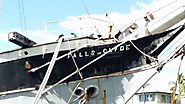
The 285-foot long and 40-foot wide vessel built by shipbuilders Russell & Co. in 1878 has a wrought-iron hull. She entered service as part of the Falls Line fleet - all of which were named after Scottish waterfalls – and she sailed to ports on all continents except Antarctica.

More than a watch, the quatix 5 provides comprehensive boat connectivity with compatible Garmin chartplotters. A must for all blue water sailors.

As the container shipping industry continues to boom, companies are adopting new technologies to move cargo faster and shifting to crewless ships.
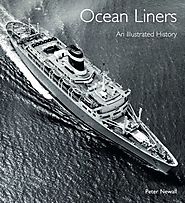
A comprehensive, beautifully illustrated new book on the history and evolution of the ocean liner by the esteemed Peter Newall. Amazing review of history and design.
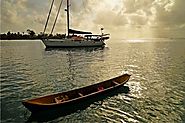
Gentle ripples stream in the wake of an ulu as a lone paddler sets out in the gray light of early morning. By the time the sun has inched above the horizon, a dozen more dugout canoes have joined this one to fish the reef off Anachucuna village. Meandering to pass near Totem, fishermen offer a smile and greeting. By the time it’s light enough to see woodsmoke from kitchen fires hanging in a layer over thatched homes and to hear intermittent braying from a donkey on shore, the day is in full swing. Placid water and friendly faces are just what we need on our first morning in Panama after a trying series of hops from Colombia.
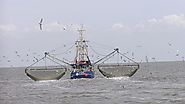
The Seafood Slavery Risk Tool helps businesses assess the potential risk of forced labor, human trafficking, and hazardous child labor in fisheries.
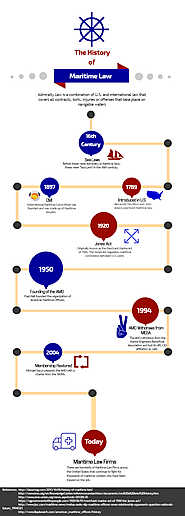
Even though we like to think of ourselves as experts on maritime law here at O’Bryan Law, we have to admit we understand that not everyone is going to know as much about it as we do.
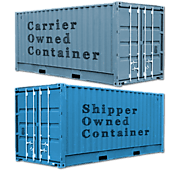
What is the difference between a shipper owned container and a carrier owned container..?? A shipper owned container is a container owned by the shipper of the goods and a carrier owned container is a container owned by a carrier..
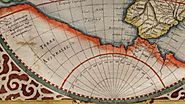
Long before human eyes ever beheld Antarctica, the ancients were convinced it existed – or at least something like it. Ptolemy, a Greco-Roman astronomer who lived around 100 – 170 CE (AD), thought that an enormous far-southern landmass must exist in order to provide a planetary counterweight to the large continents of the north.

A terrible ordeal captured by the man himself. Could anything be more frightening?
